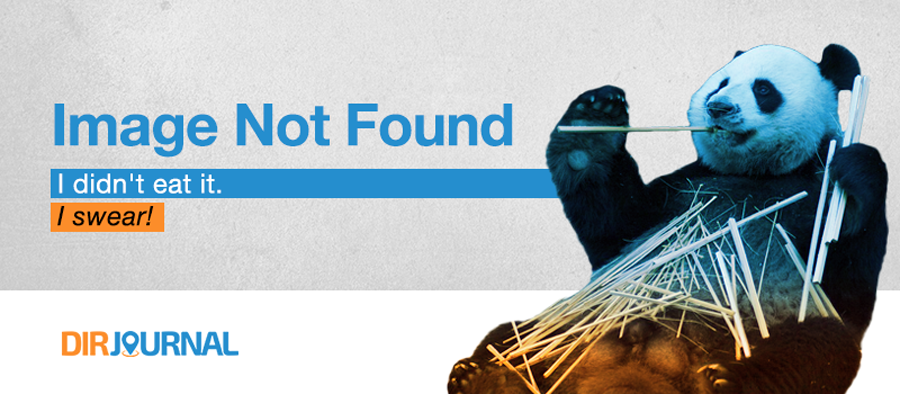Snow Leopard is the latest operating system from Apple and comes with several under-the-hood technologies that bring better performance and greater stability. This is the predecessor of the Leopard, Mac OS X 10.5.
Although, Leopard and Snow Leopard may seem similar, several changes have been made under the hood, keeping in mind hardware advances in the future.
Pricing and System Requirements
Apple has reduced the pricing for the upgrade from the usual $129 to $29, but for customers upgrading from Mac OS X 10.4 Tiger, it will be $169. For users who have more than one Mac, a five-pack upgrade is made available at $49.
Snow Leopard will install on an Intel-based Mac with 5 GB disk space, 1 GB RAM and an optical disk drive that can read DVDs. Enterprise customers usually have compatibility issues with a new operating system and it is the same with Snow Leopard. Many of the applications may need updating. However, most of the major software drivers and major applications are said to work fine.
It all begins with the installation and Snow Leopard has been created smart enough to understand how to upgrade a system without having to be spoon-fed. If for some reason, this OS needs to be reinstalled, it will not write over the current system files.
Main Features of Snow Leopard
Here are some of the main features of Snow Leopard that actually make a difference:
Security
Snow Leopard comes with built-in protection against malware. It checks for dangers in files downloaded from the Internet. It provides defense against infecting the computer with harmful software; however, Snow Leopard does not have the option to remove the malware, once it finds out that the system is infected.
Exchange
Support for Exchange is one of the main new features of this OS. Exchange is Microsoft’s contact, email and calendar server. In Mac, once Exchange support is added to Mail, users will start receiving all their email messages in Mail. Exchange contacts can be viewed in the Address Book and Exchange calendars and tasks will show up in iCal. With iCal, users can schedule meetings depending on the status (free or busy) of invitees and even accept or decline meeting invitations from Mail itself.
Expose
Expose is a window-management functionality and displays all the windows on the screen. This feature already exists in the previous version, but there are improvements with the new OS. In the previous versions, the arrangement of windows was not aligned properly, but now they are aligned in a systematic order on a grid, making it easier to find any window. Users have the option to arrange windows either alphabetically or by application.
Now Expose has been integrated into the Dock. If an application in the Dock is clicked on and the mouse button held down for a second, Snow Leopard will display all the windows for that application, even windows that have been minimized.
Auto-substitution
We all know about the autocorrect programs that change “adn to and” and “fo to of.” Apple has now incorporated autosubstitution of text into this OS. Although, the programs need to be modified to support this, once it is done, they will share the substitution list in the System preferences. There are several common substitutions as mentioned above, but users also have the option to include their own. Even dashes, smart quotes can be enabled, which will replace the commonly typed symbols to the correct versions.
Finder
The file and folder management of Mac OS X has been overhauled in Snow Leopard. According to Apple, this Finder is far more responsive than the older version. The main changes here are the icons, which are now large at 512 x 512 pixels size. The icon size can be made bigger or smaller with the use of a slider located in the bottom of any window. Since these are very large icons, Apple has introduced previews inside them, such as document previews and if it is a PDF, then all the contents of the document can be viewed using the page preview buttons for navigation. If it is a movie, users will be able to watch a QuickTime movie in its icon.
QuickTime Multimedia Architecture
In Snow Leopard, the QuickTime multimedia architecture is named QuickTime X. The new QuickTime Player 7 is said to be not that great when compared to the older version. So, the old version can be used since it is still around in the Mac’s Utilities folder.
Services Menu
With the Snow Leopard, Apple concentrated on the Services menu. While earlier, it was difficult to access and navigate because of the long lists of irrelevant services; it is now easier to access as only the services related to what the user is doing or the applications being used come up.
That’s not all. There is the new eject manager that takes care of the external volume, the preview that is far better and accessibility with this OS is much greater for disabled people, making this operating system a far better improvement over the previous version.
These are just some of the main features as the Snow Leopard comes with a whole lot more, including dozens of smaller but significant changes. Time you checked it out yourself.


